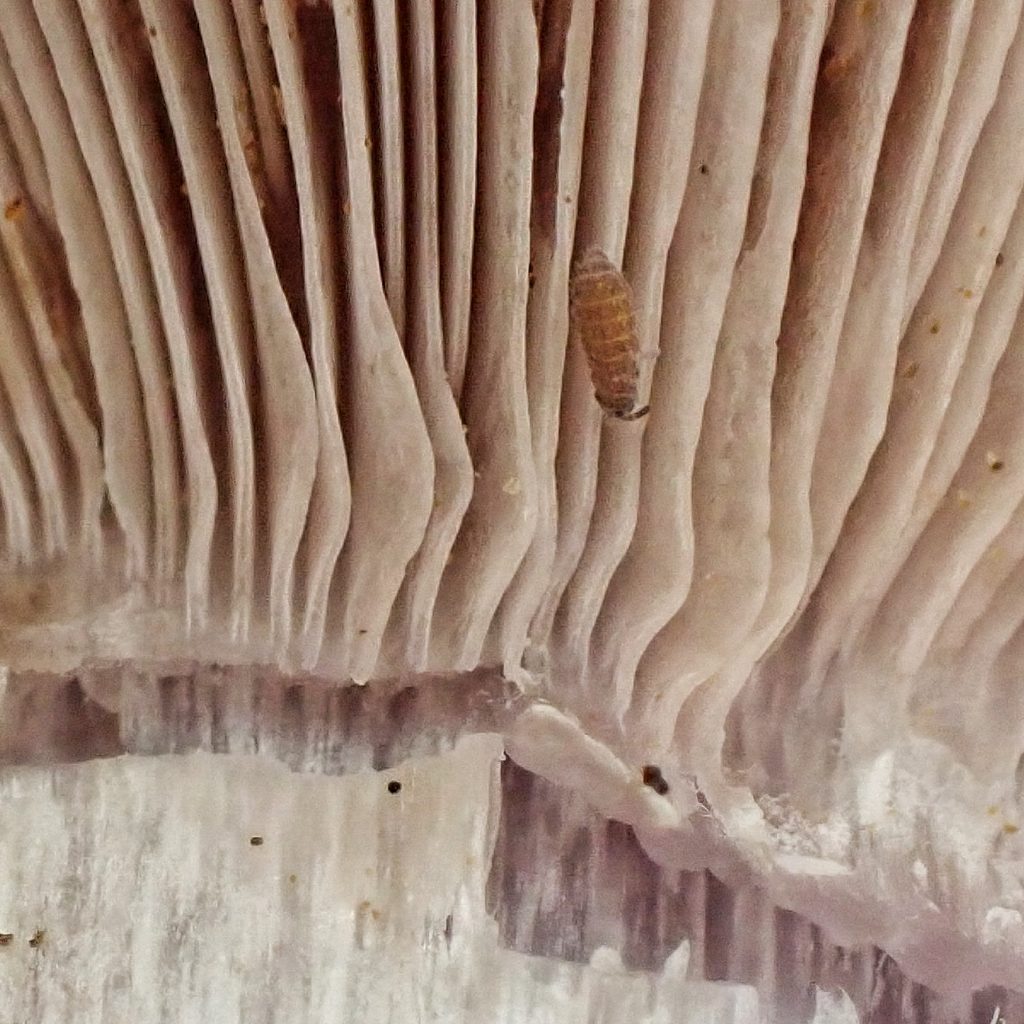
The other day when I dropped the Lepista nuda on my workbench preparatory to doing a spore print, dozens of orangish Poduromorpha springtails fell out of the gills. Though members of the family Hypogastruridae (which contains these Ceratophysella) are known to form ‘swarms’ with hundreds of thousands of individuals, this was a much more modest collection. But if every mushroom in that clump had as many springtails as this one did, then there were well over a thousand.
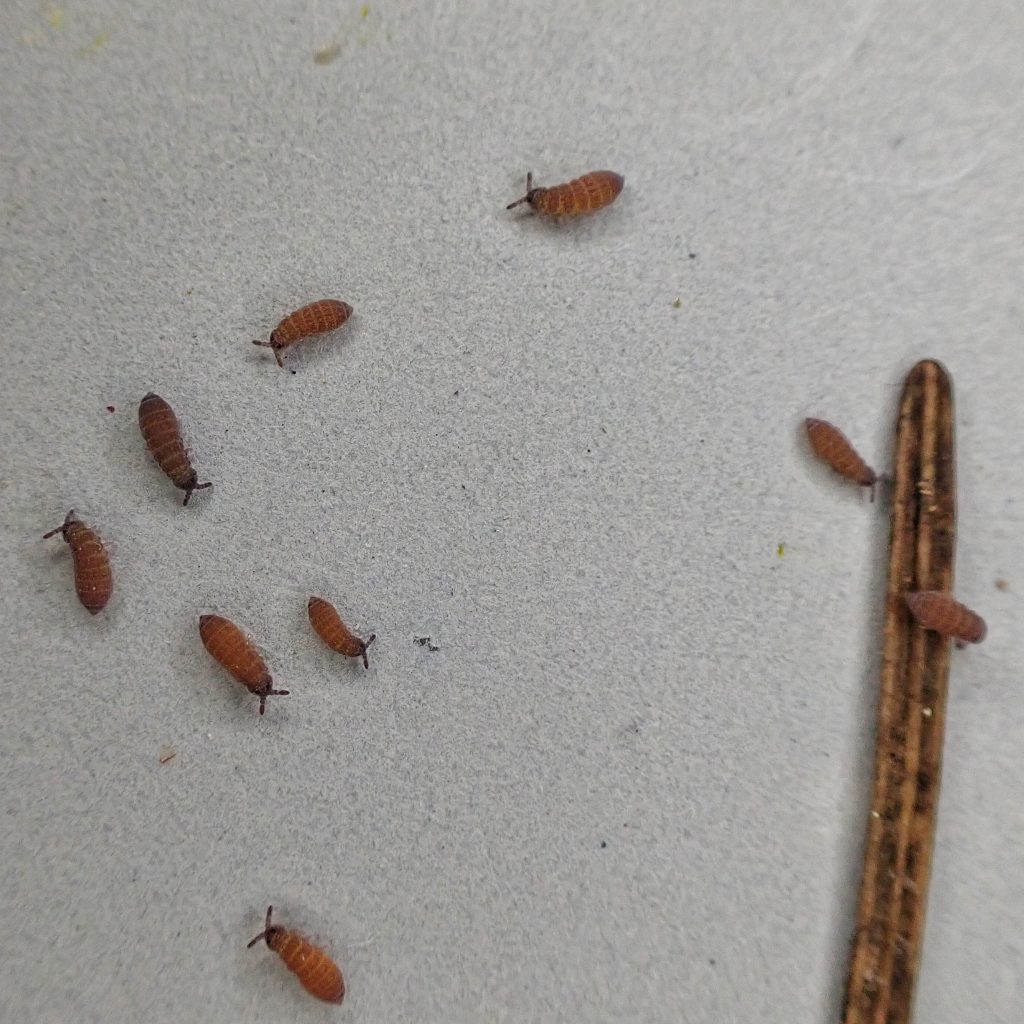
After doing a bit of microscopy and finding the tiny anal spines, and poring over photos for quite awhile, I came to the conclusion that they were something in the genus Ceratophysella, which was confirmed by Frans Janssens at BugGuide. But he was unwilling to go further than that, and I can’t access a key to this genus. There are 19 species of Ceratophysella that have been found in our region. I can rule out 5 of them based on color or length of anal spines, but I can’t seem to find anything definitive about the rest. The remaining possibilities are C. boletivora, brevis, californica, citri, horrida, krafti, maheuxi, maya, scotti, sigillata, tolteca, virga, vulgaris, and wallmoi. Many of these have holarctic distribution, but several are endemic to the West Coast of North America. If any of you readers know ways I could narrow it down further, I would be very grateful if you would share them.
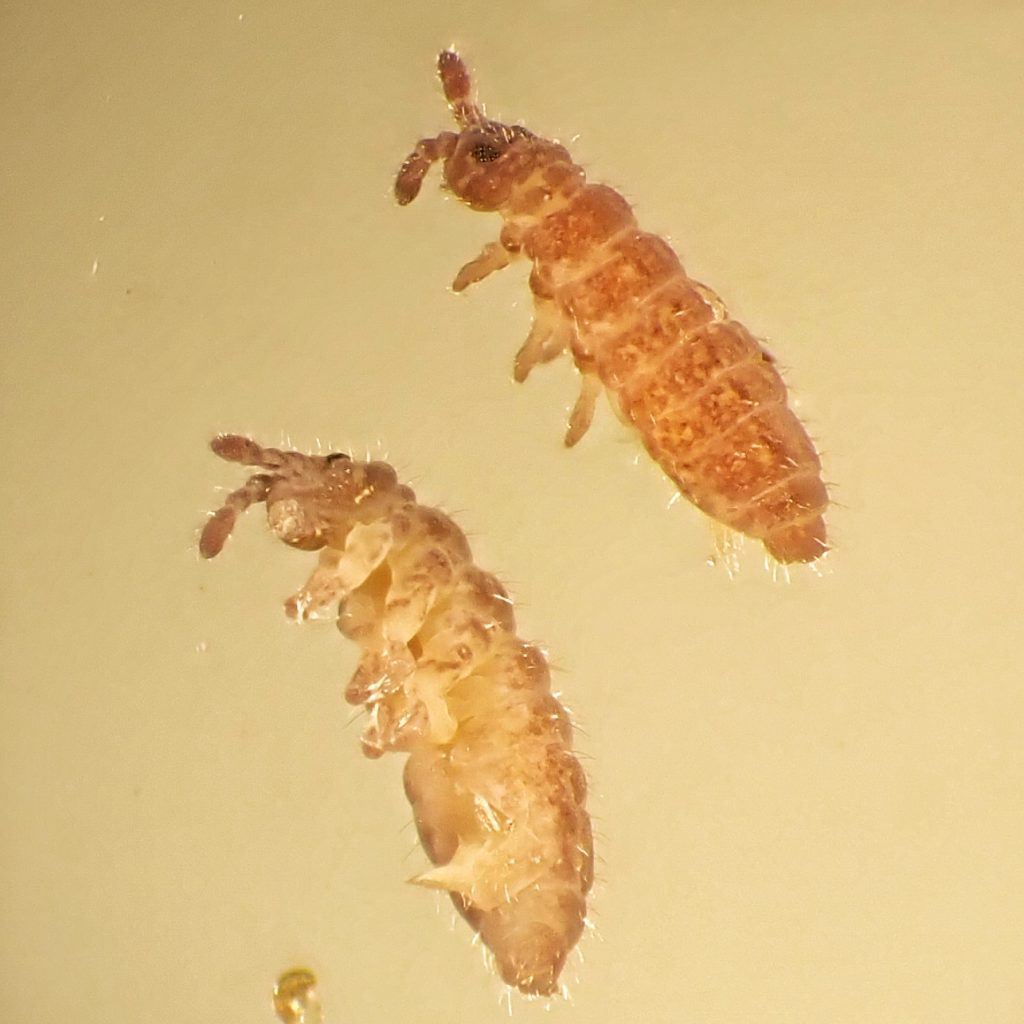
Though it is already a difficult task involving high magnification, difficult to see and subtle variations in morphology and setae length and location, and access to technical jargon heavy keys, positive identification of springtails in general is further complicated by the fact that collembolans (even adults) may have different forms depending on the moult they are in, which is dependent on what point in the seasons or reproductive cycles they are in. Key characteristics such as the shape and size of the anal spines or furca (also called a furcula; the spring loaded prong under the abdomen that propels them in their ‘jumps’) may change significantly from one moult to the next. Many ‘new’ species, and even genera, have been named and described, only to be found to be a form of a previously known species.
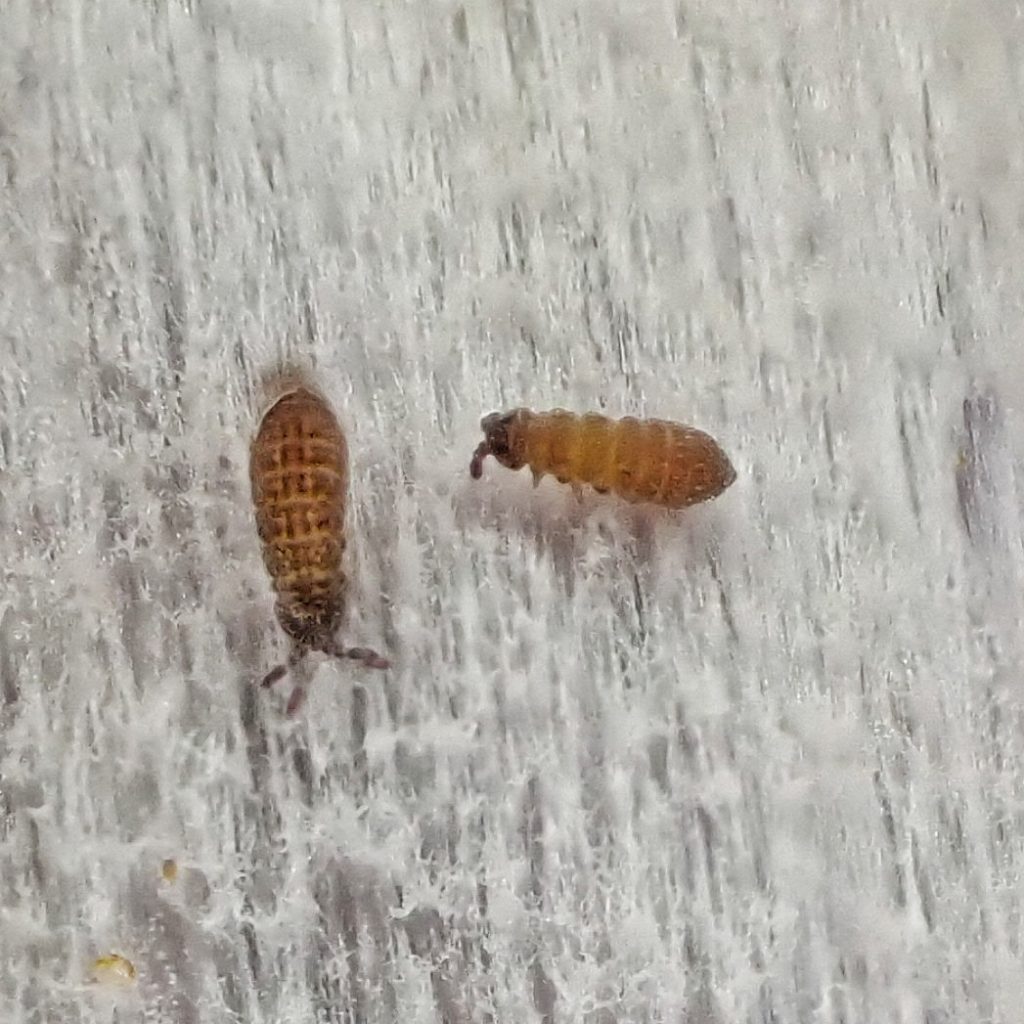
I am finding the springtails to be fascinating, but also very frustrating, because of the lack of information out there. This isn’t even an access issue. I’m able to read papers, but they are concerned primarily with describing new species rather than identification or natural history of known species. There is a ‘bible’ dealing with our species, “The Collembola of North America, north of the Rio Grande” (Christiansen/Bellinger; 1998), but I can not locate a copy anywhere. And my extreme desire to have a copy led to the foolish decision to give credit card information to a sketchy online outfit that turned out to be scam artists. Two days of phone calls, emails, and bookkeeping left me relatively unscathed, but only obsessive covetousness could have overridden my usual good sense in those type of matters. And I still can’t tell you what species of Ceratophyella this is, or anything solid about their reproduction or lifecycle.
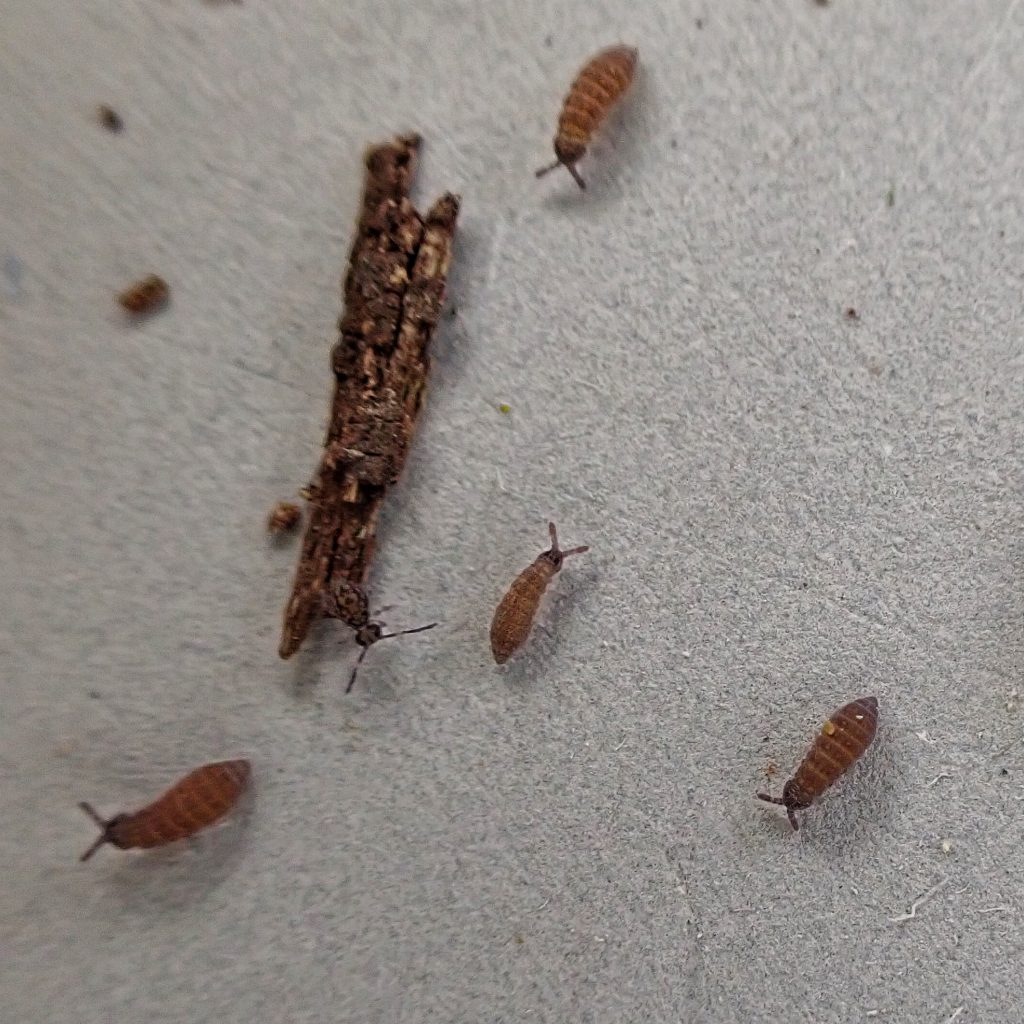
Description-Medium sized (these specimens were 2.5mm long) springtails, orangish with darker, bluish antennae, head, and 6th abdominal segment; Ceratophysella in general have small expandable, sticky sacs on their antennae that help them stabilize after a jump by adhering to the substrate; mucro (end of the furca) spoon shaped.
Similar species–Hypogastrura do not have a spoon shaped mucro; Pseudachorutes lack anal spines; Entomobryomorpha (like Orchesella villosa) have narrower bodies and longer legs.
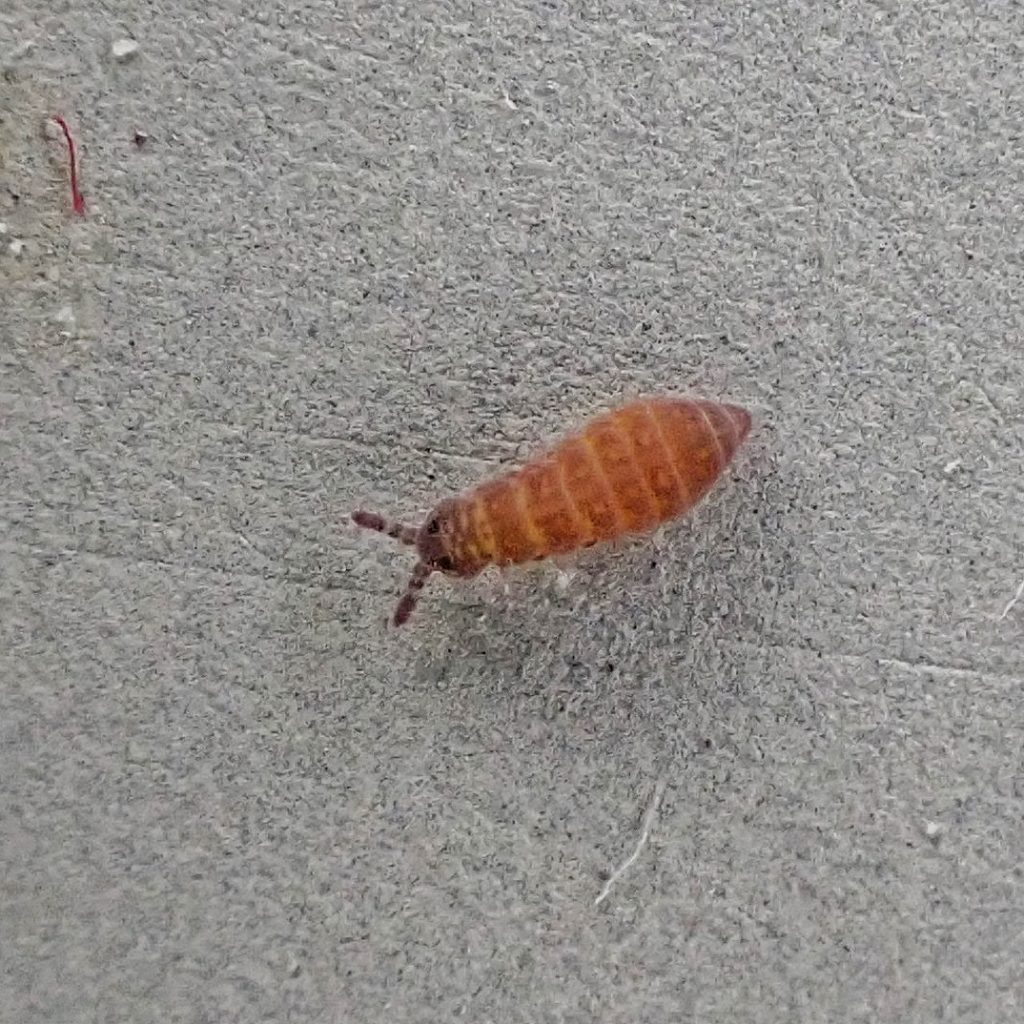
Habitat-Found on mushrooms and other places with fungi.
Range-probably region wide
Eats-Fruiting bodies of mushrooms and other fungal hyphae.
Eaten by-insectivores of all classes.
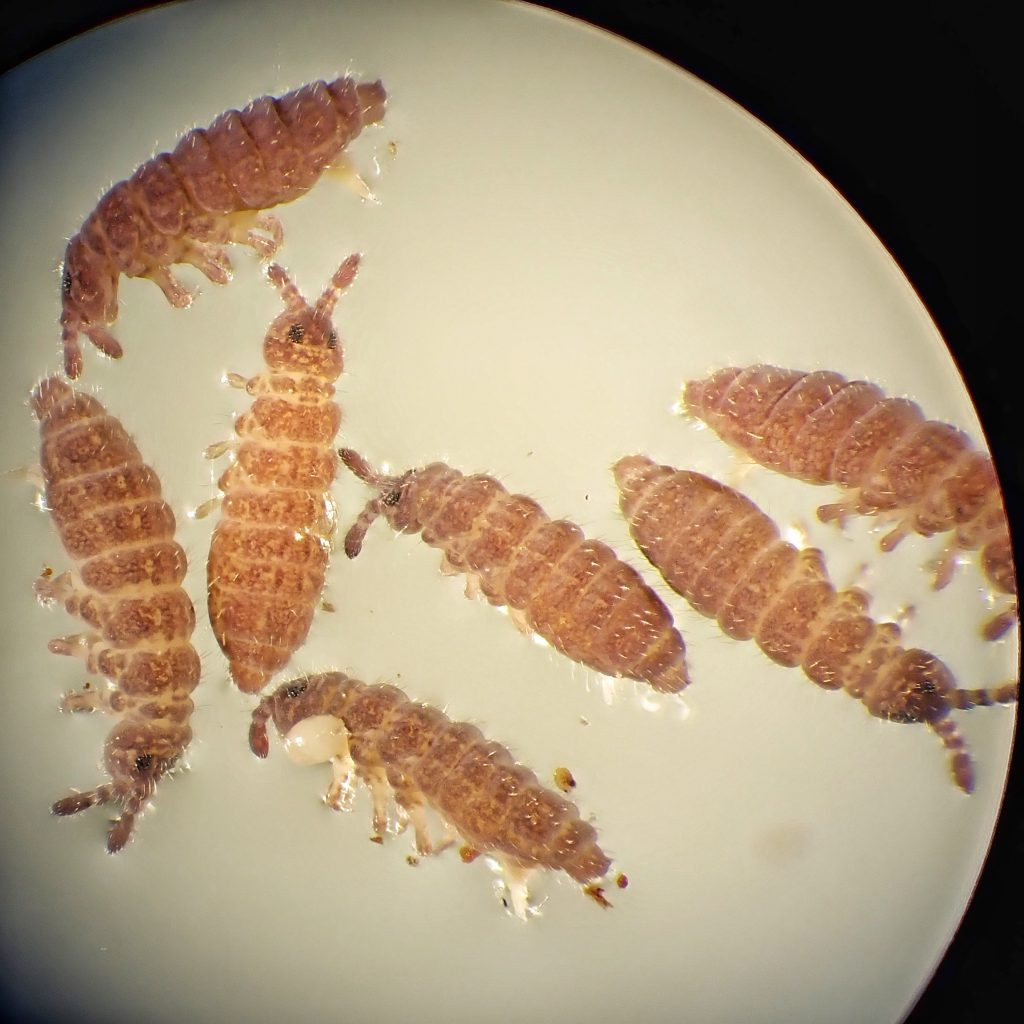
Adults active-Probably year around, although most likely deep in cover during the coldest and driest times.
Etymology of names–Ceratophysella seems to be from the Greek words for ‘horn on small bladder’ and reference the anal spine which arises from a globular papillae, or it may reference the expandable, sticky sack on their antenna. But I can’t say for sure.
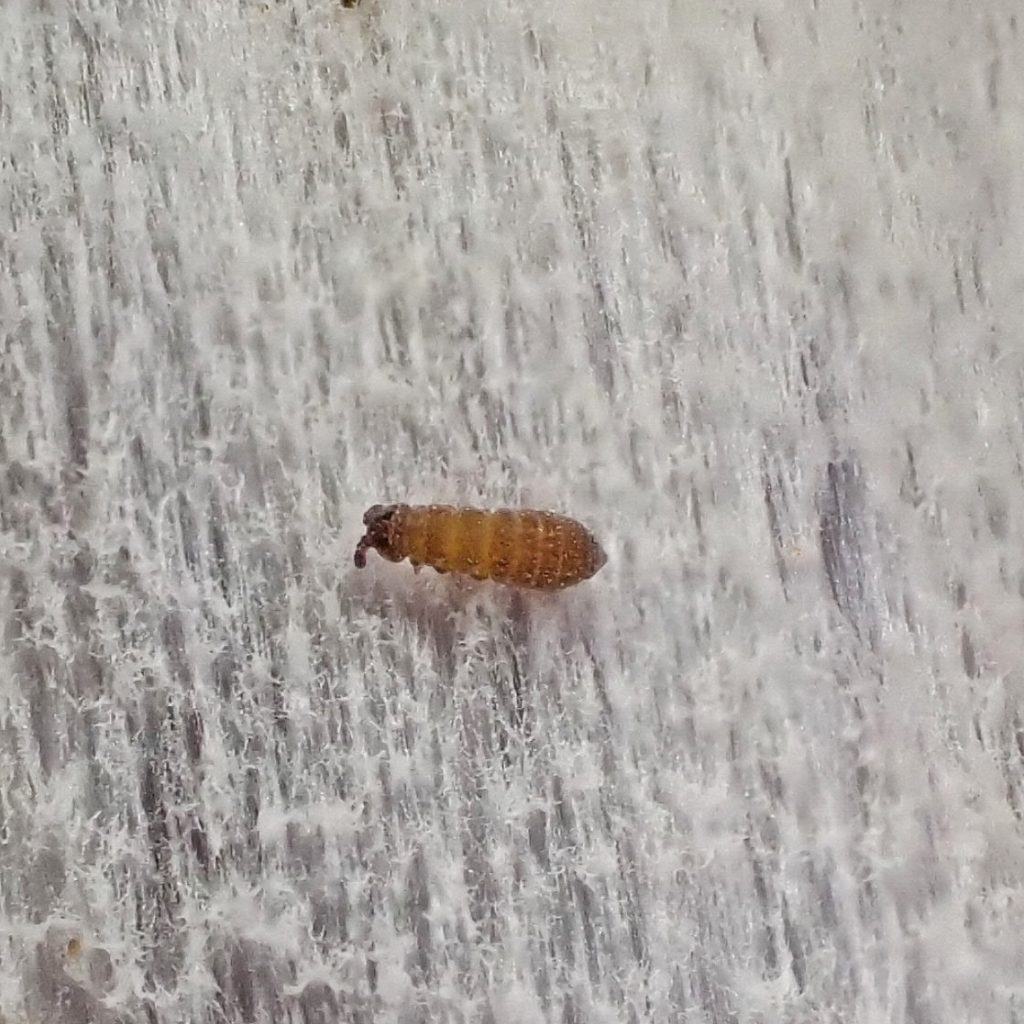
https://bugguide.net/node/view/94658
https://zookeys.pensoft.net/article/30880/
https://repository.kulib.kyoto-u.ac.jp/dspace/bitstream/2433/155925/1/cbl01300_001.pdf
All about Collembola or springtails – A Chaos of Delight
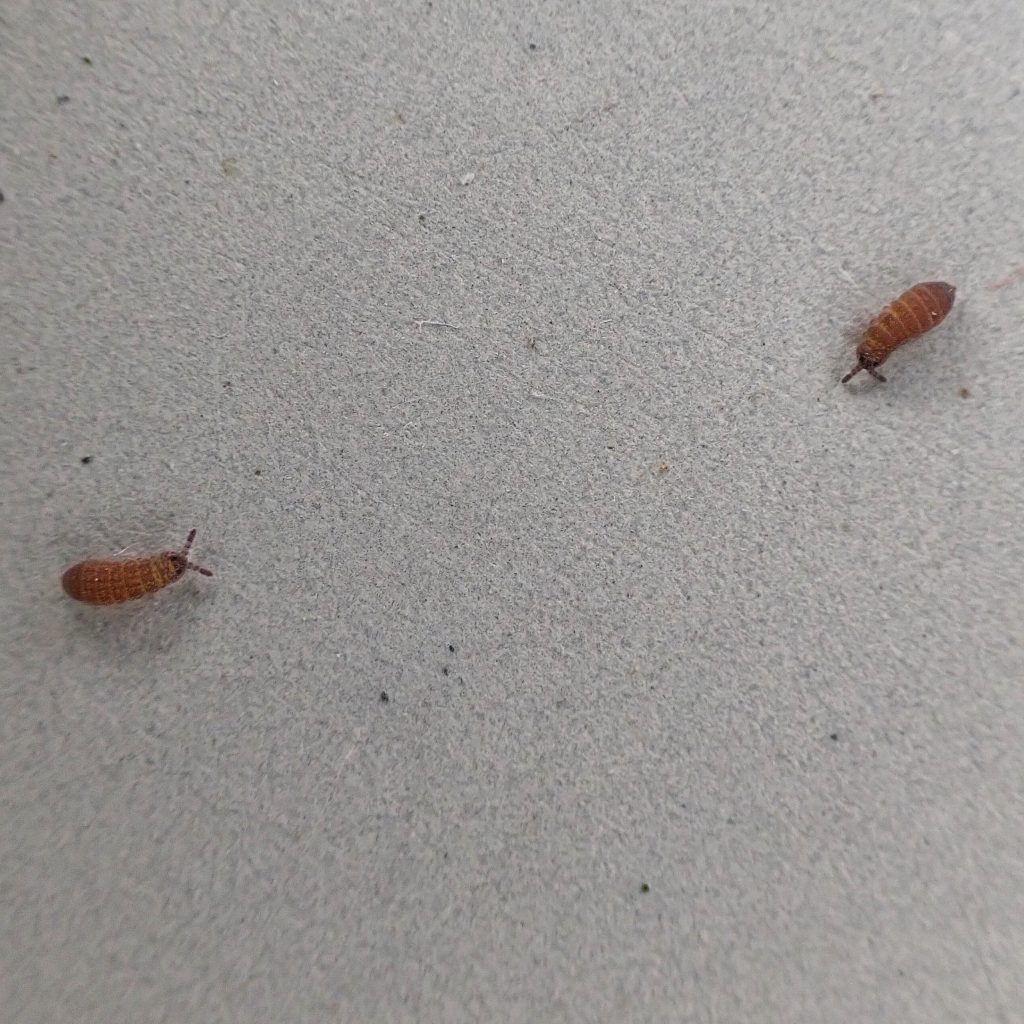
“Soil Biology Guide,” edited by Dan Dindal, is also virtually (and actually) unobtainable these days. I have the college library’s copy (which I request they buy years ago) on permanent loan so I do have access to the keys therein. Decades ago there were specialist book dealers both in the US and Europe that specialized in older scientific literature but I suspect they are no more. I got a lot of important literature that way. They got most of their stuff when the libraries of deceased or retired professionals were liquidated. But I am sometimes amazed at what one can find online. Is there a professional society of “collembolologists?” Maybe they could help.
Thanks, Bill, I’ll look for a collembologists society. I’ve hunted and hunted online, and haven’t even found a copy at ridiculous, rare book prices. My friend Craig Sondergaard has offered to loan me his copy, but that is only a temporary solution.
It’s always amazing to me that so much ” wiggling life” can fall out of something as small as a mushroom or a hop cone.